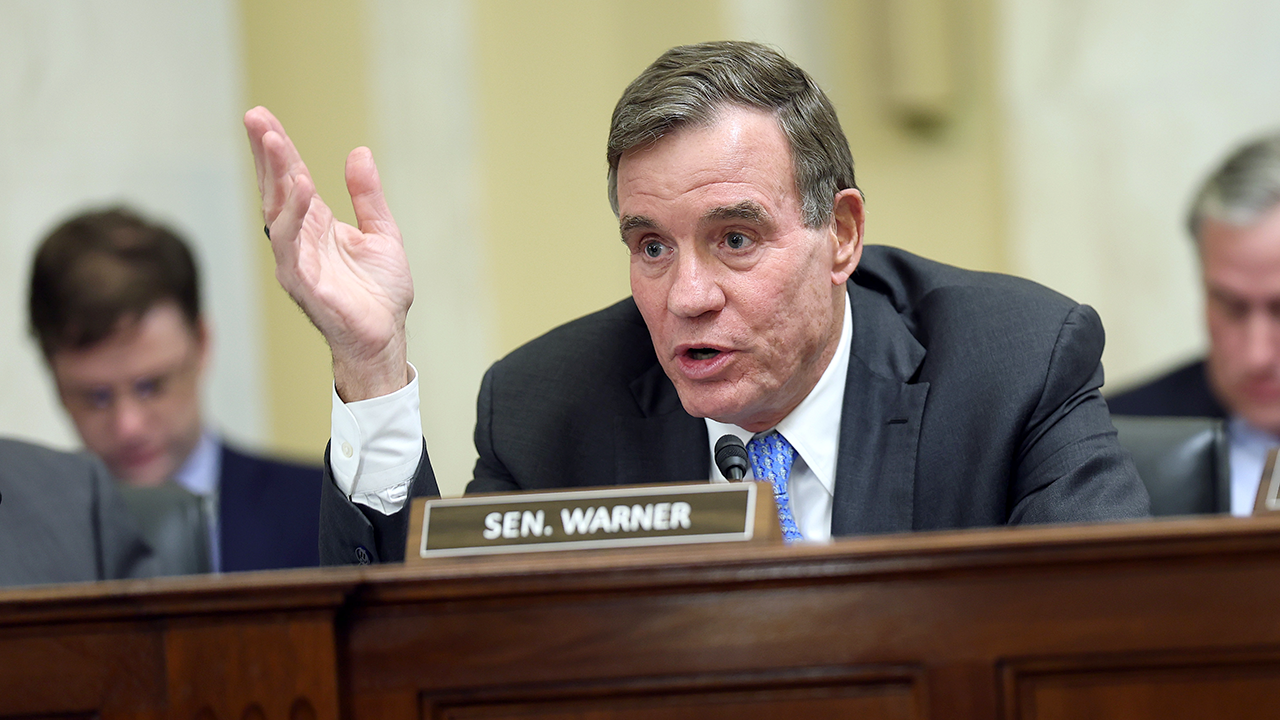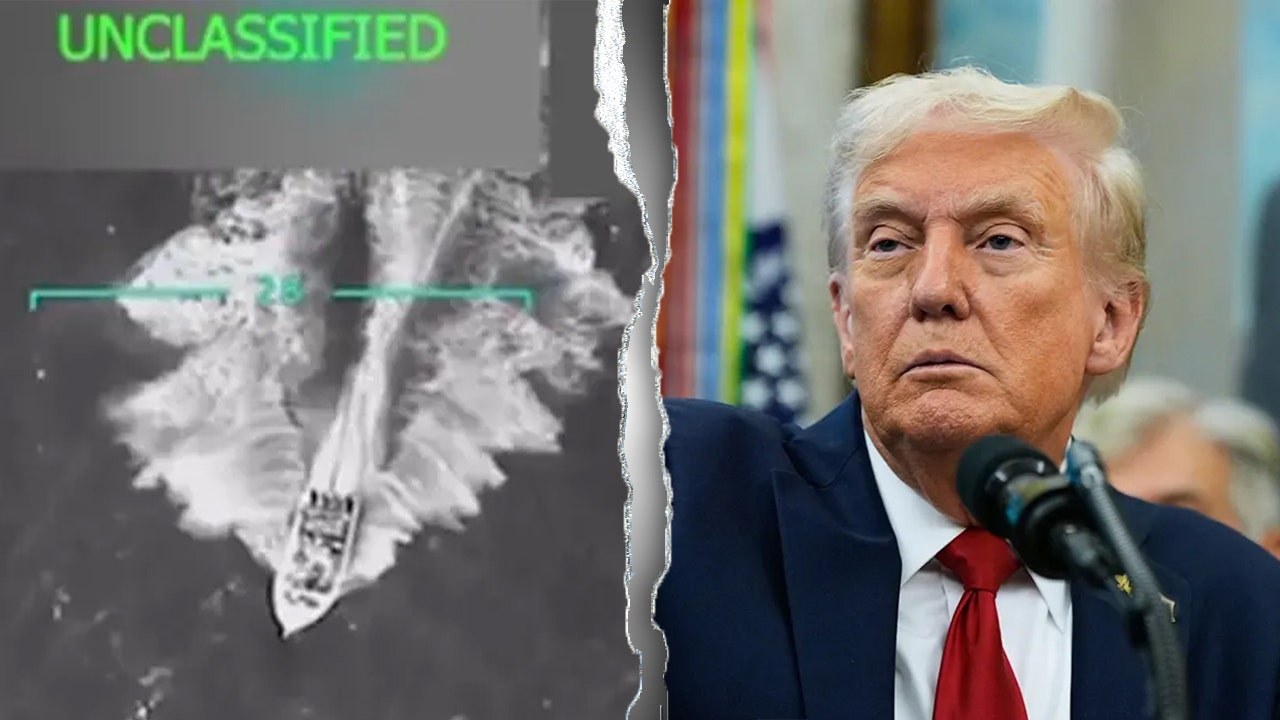Pentagon announces new counter-drone strategy as unmanned attacks on US interests skyrocket

The Pentagon recently revealed a new counter-drone strategy in response to a series of drone incursions near U.S. bases that raised concerns about the lack of a comprehensive action plan to address the growing threat of unmanned aerial vehicles. While much of the strategy remains classified, Defense Secretary Lloyd Austin has announced the creation of a new counter-drone office within the Pentagon known as the Joint Counter-Small UAS Office, as well as a new Warfighter Senior Integration Group, as outlined in a new memo.
One key aspect of the strategy involves the initiation of a second Replicator initiative, which aims to develop inexpensive and disposable drones to counter drone attacks by adversarial groups in regions such as the Middle East. However, it will be up to the incoming Trump administration to decide whether to allocate funding for this plan. The memo emphasizes the need for a shift in U.S. tactics to combat the increasing use of unmanned systems by adversaries, as they enable them to surveil, disrupt, and potentially attack U.S. forces without being identified.
The plan outlines a five-pronged approach to address the drone threat, including enhancing understanding of enemy drones, launching offensive campaigns to disrupt their ability to develop such systems, improving active and passive defenses against drone attacks, rapidly increasing production of counter-drone systems, and prioritizing counter-drone focus for future force development.
In recent years, Iran-backed Houthi rebels have utilized small unmanned aerial systems to target western shipping routes in the Red Sea, posing a significant threat to global trade and humanitarian aid shipments to countries like Sudan and Yemen. The U.S. response to these attacks has been criticized for being inadequate in deterring the Houthis and for the disproportionate cost of retaliatory measures. For instance, while Houthi drones cost around $2,000 each, U.S. naval missiles used in response can cost up to $2 million per shot.
The Pentagon’s statement on the new strategy highlights the urgent and enduring threat that unmanned systems pose to U.S. personnel, facilities, and assets overseas. The lack of a clear counter-drone procedure was evident in incidents such as the drone strike in Jordan that resulted in the deaths of three U.S. service members and the unauthorized drone incursions over Langley Air Force Base and the Energy Department’s Nevada National Security Site.
The implementation of the new counter-drone strategy underscores the importance of addressing the evolving threat landscape posed by unmanned aerial vehicles and the need for a coordinated and proactive approach to counter this emerging technology. It is crucial for the U.S. military to adapt its tactics and defenses to effectively mitigate the risks associated with drone incursions and safeguard national security interests.




